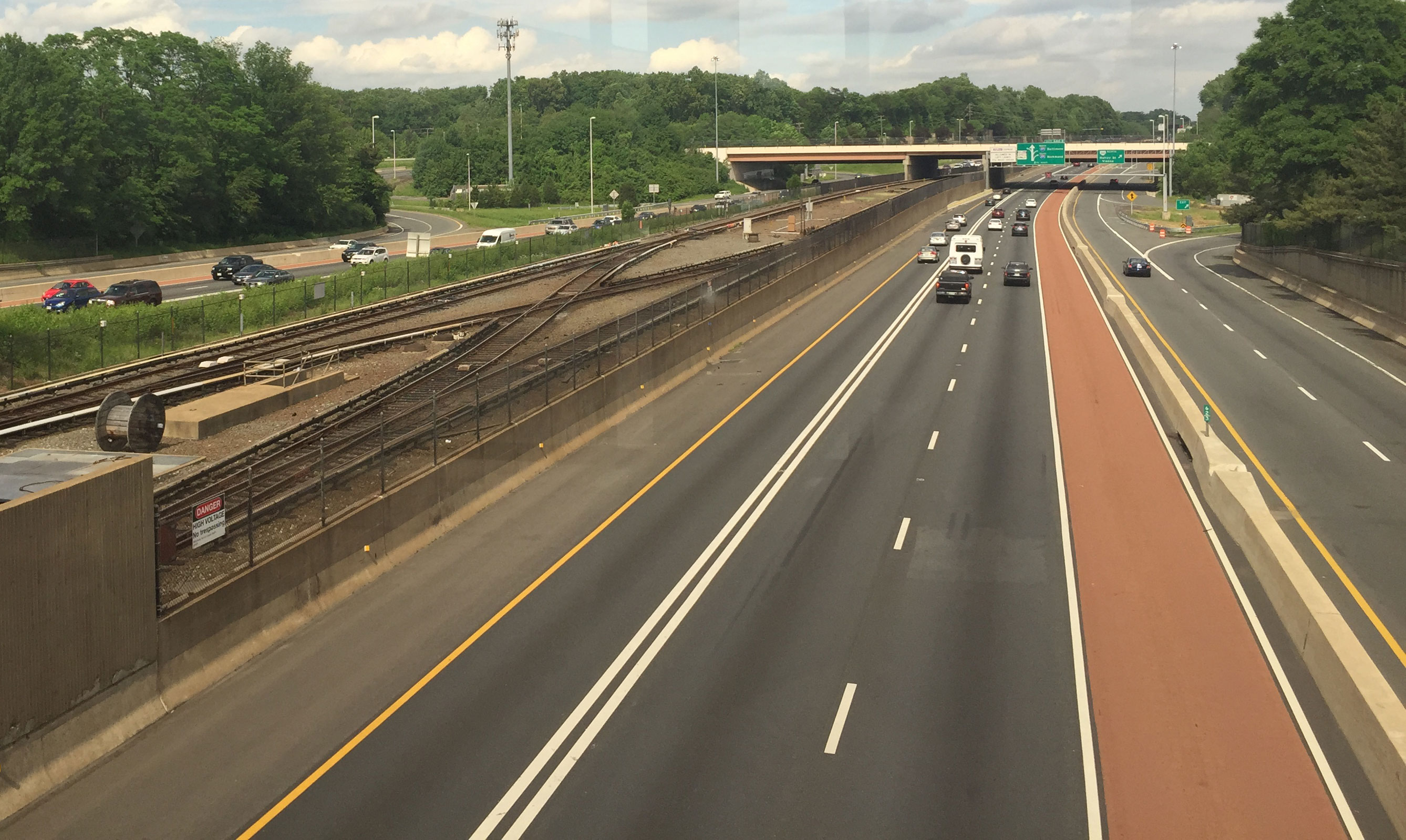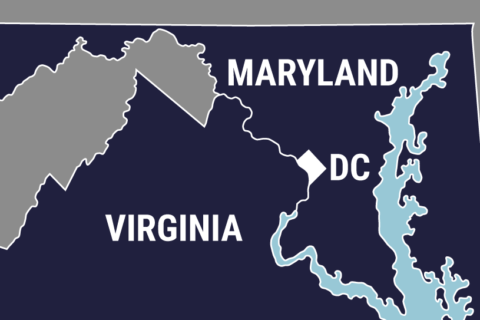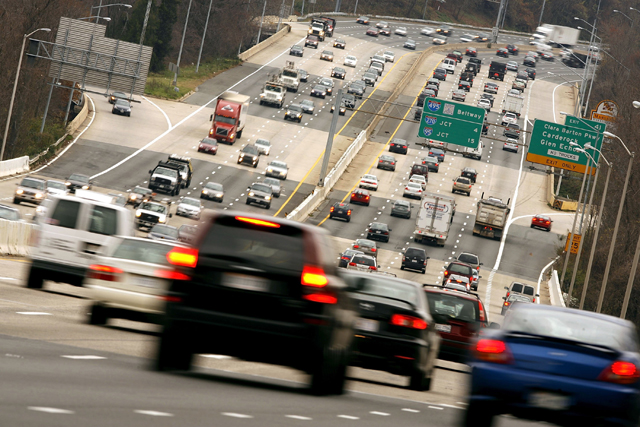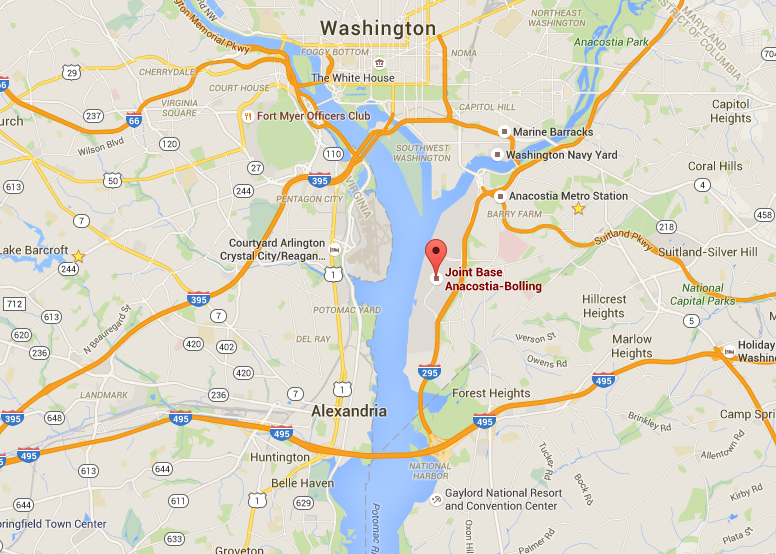WASHINGTON — It can sometimes seem like swimming across the Potomac would be quicker than sitting in rush-hour traffic in the Washington area, so members of Virginia’s transportation policy board are hoping to kick-start discussions over new Potomac River crossings.
At the Commonwealth Transportation Board meeting Wednesday, Gary Garczynski and James Dyke introduced a resolution that would encourage talks with Maryland and the District and put a timeline on the talks for updates.
It comes after Virginia Deputy Secretary of Transportation Nick Donohue recommended pursuing an extension of the 495 Express Lanes over the Legion Bridge into Maryland as the top Potomac-crossing priority.
“Although the American Legion Bridge is the most obvious, we urge in the resolution a broader dialogue that does not preclude additional river crossings such as a western crossing or an additional Rosslyn tunnel for Metro,” Garczynski says.
The resolution, which is expected to be voted on next month, calls for a focus on crossings along the length of Virginia’s border with the river. It would require that Secretary of Transportation Aubrey Layne report back with an update within a year.
Complicating things from Virginia’s point of view, Maryland and D.C. actually own the river.
“Crossings in a broad sense really means from 301 all the way up to Point of Rocks, and although in Fairfax our emphasis may be more on the possibility of a western crossing and the Legion Bridge, which is in our backyard, it does not preclude dialogue on a tunnel with D.C., or a bridge anywhere from Wilson down to the 301 including the 301,” says Garczynski, who, like Dyke, lives in Northern Virginia.
A western crossing, which many opponents say would just add to traffic and sprawl, would be somewhere between the Capital Beltway and U.S. 15. Maryland has said it is not interested in building a bridge there; Garczynski says it would help connect the economic hubs of the Interstate 270 science and technology corridor and Tysons Corner, Reston and Dulles.
“This issue has … been talked about for a long time, and unfortunately the can is always kicked down the road and nobody steps up,” Dyke says.
“You’ve got to get people to a point where they actually make a decision and decide they’re going to do something,” he adds.
Dyke believes things will only change if the business community and transportation advocates speak out. Garczynski says the public can comment on this resolution ahead of next month’s vote.
“There is no one solution that is going to meet the challenge of the Potomac River crossings issue,” Garczynski says.
Virginia Department of Transportation Commissioner Charles Kilpatrick says that even some projects that Maryland had been planning before Gov. Larry Hogan took office may be off the table due to Hogan’s stance against tolls.
That includes the Harry Nice Bridge replacement project for U.S. 301. Fredericksburg District representative Hap Connors told the board he has been hearing a lot of concern about the project from the local business community.
“Frankly, I don’t believe that on the Maryland side the discussion is extremely active at this point, especially as a result of some of the tolling decisions in Maryland. Fundamentally it’s the financial viability of building that facility, and it is a toll bridge,” Kilpatrick says.
Layne emphasizes that any changes, whether for Metro, other transit projects or highway bridges, will require Maryland and D.C. to get on board.
“We have simply no control over those water crossings to our banks,” he says.








